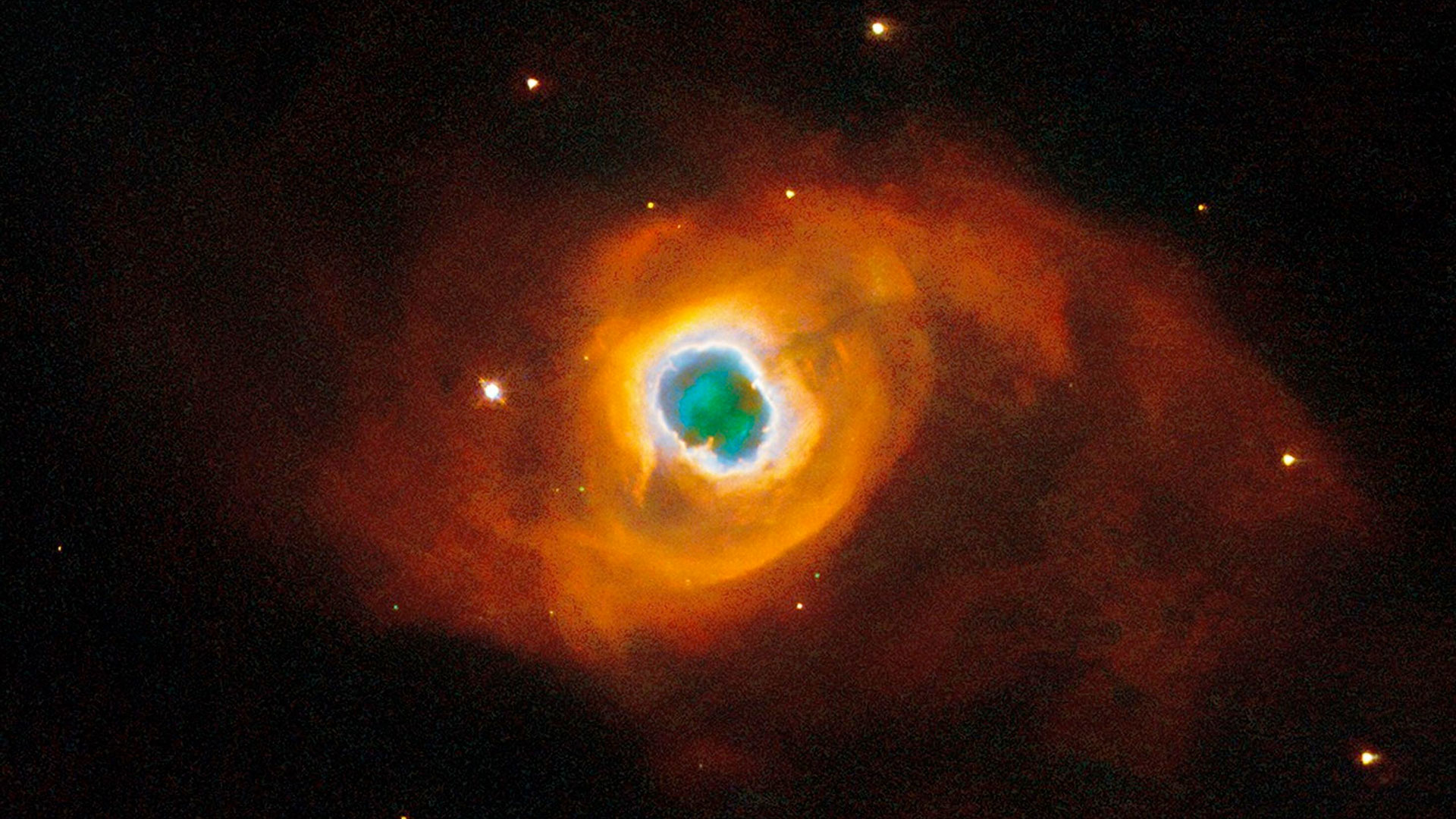The sun
Latest about The sun
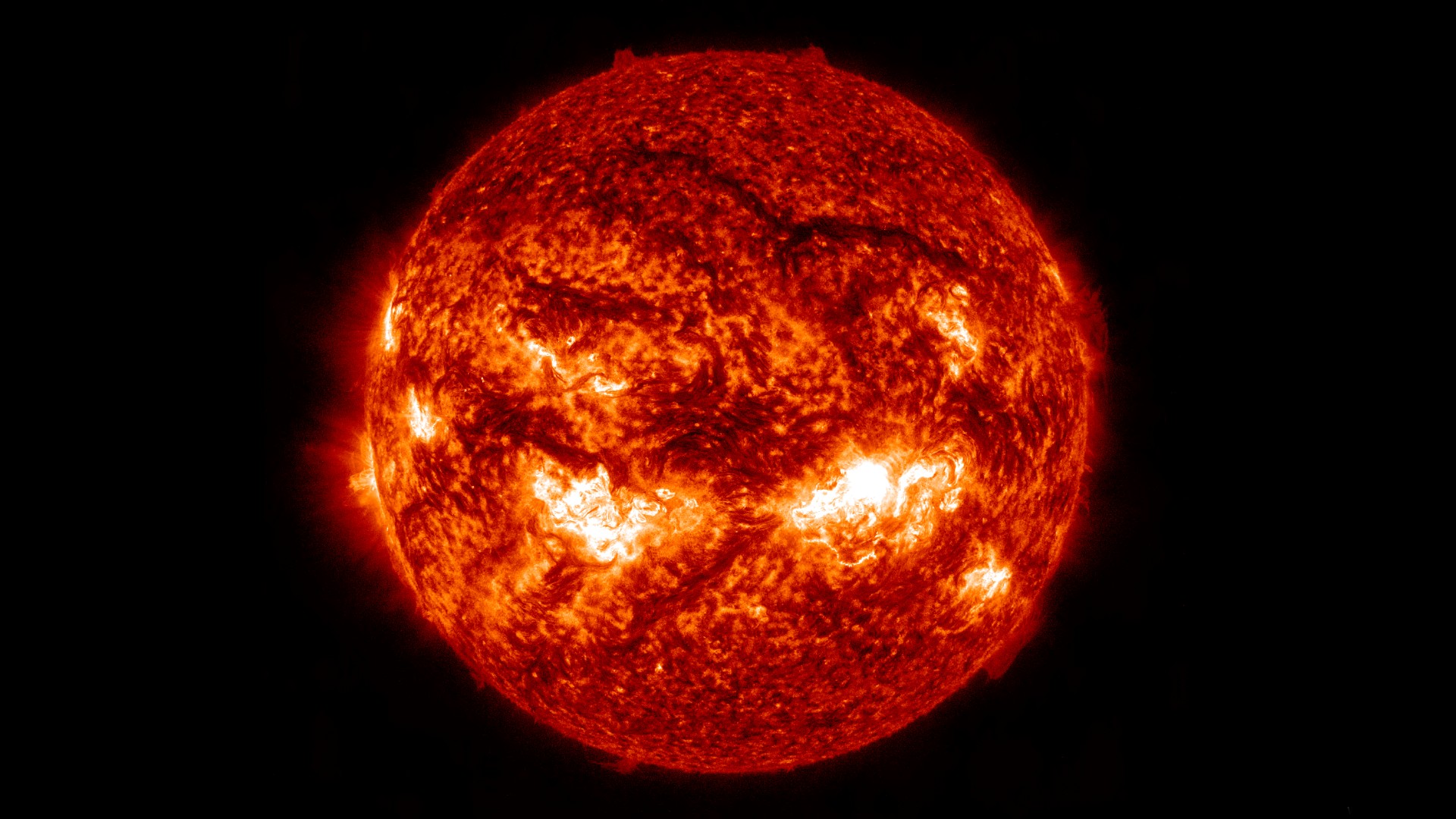
Sun unleashes X-class solar flare, blasts 3rd coronal mass ejection toward Earth in a week (video)
By Meredith Garofalo published
Active sunspot AR3777 fired off the strongest of its three solar flares this week, sending another CME to impact Earth this weekend with a possible geomagnetic storm.
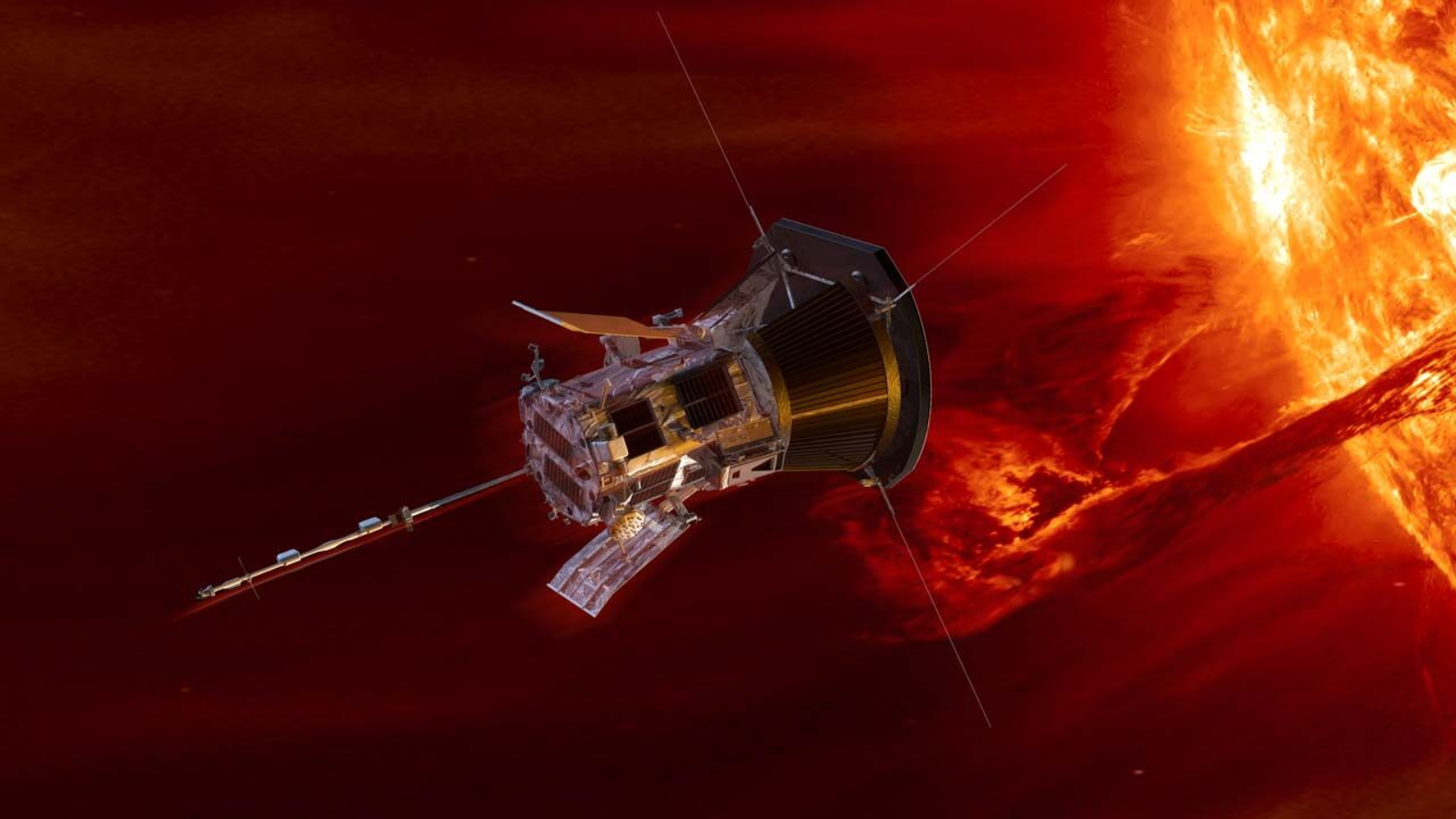
NASA's Parker Solar Probe finds fresh clues to decades-old mystery surrounding the sun
By Sharmila Kuthunur last updated
In its search for answers to why our sun's corona is hotter than its surface, NASA's Parker Solar Probe has ruled out one explanation.
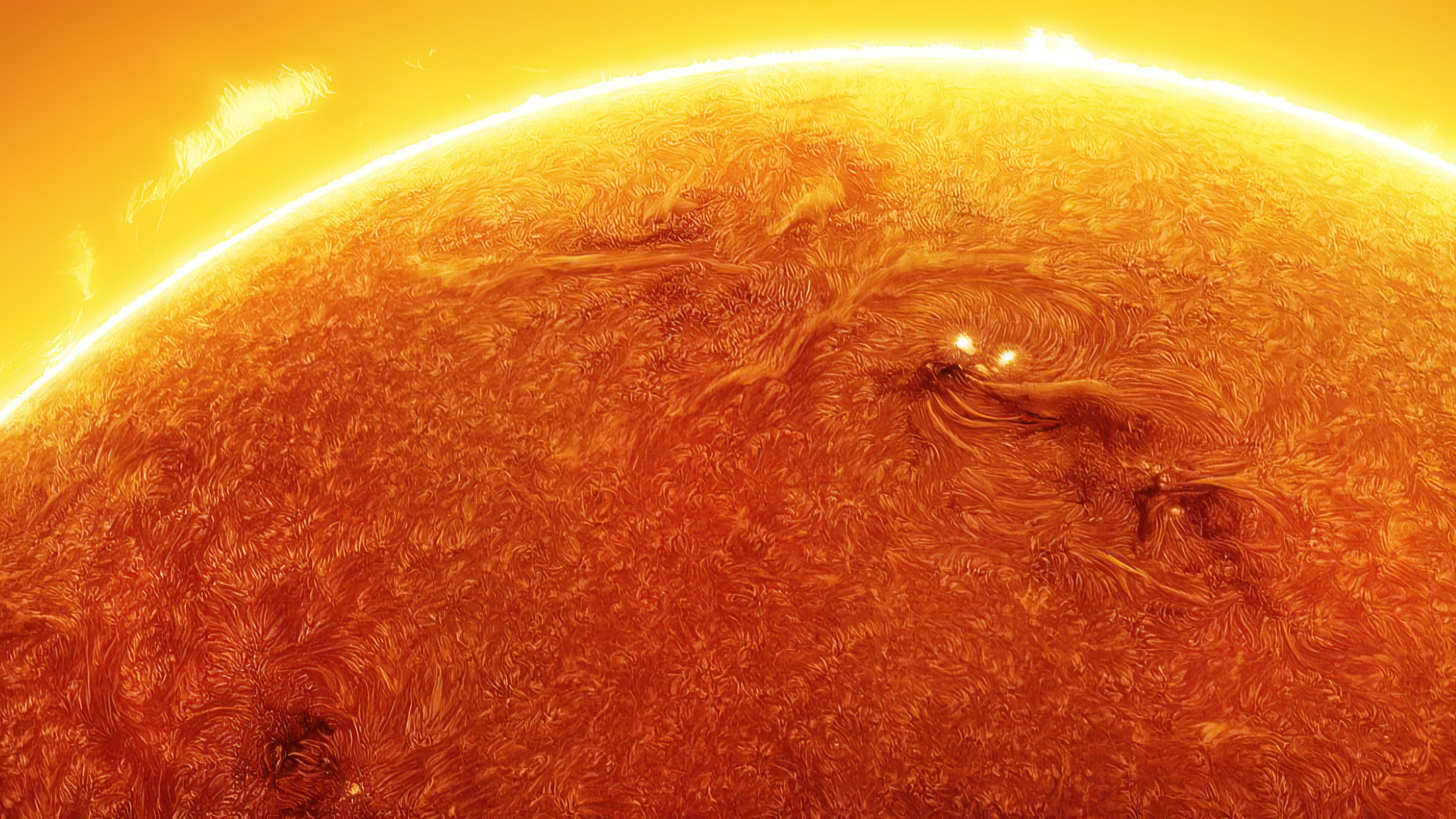
3 sun mysteries we still haven't cracked
By Ryan French published
Our understanding of the sun has come a long way in recent decades, but there are still multiple outstanding mysteries that current and future missions hope to solve.
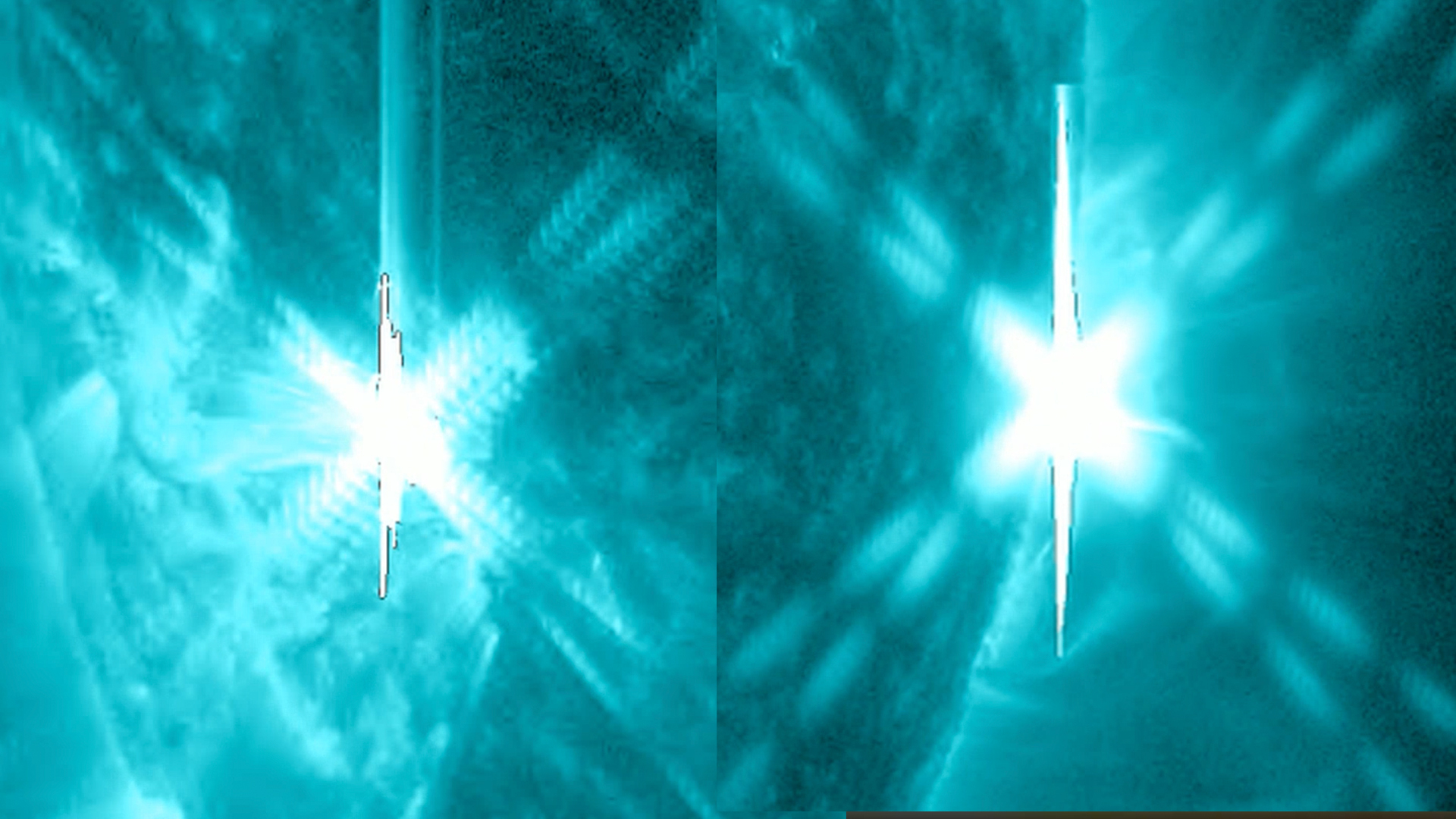
The sun fires off 2 powerful X flares in less than 2 hours (video, photo)
By Meredith Garofalo published
Add another pair of strong solar flares to the sun's list this year, as two X-class flares erupted on Monday morning (Aug. 5).
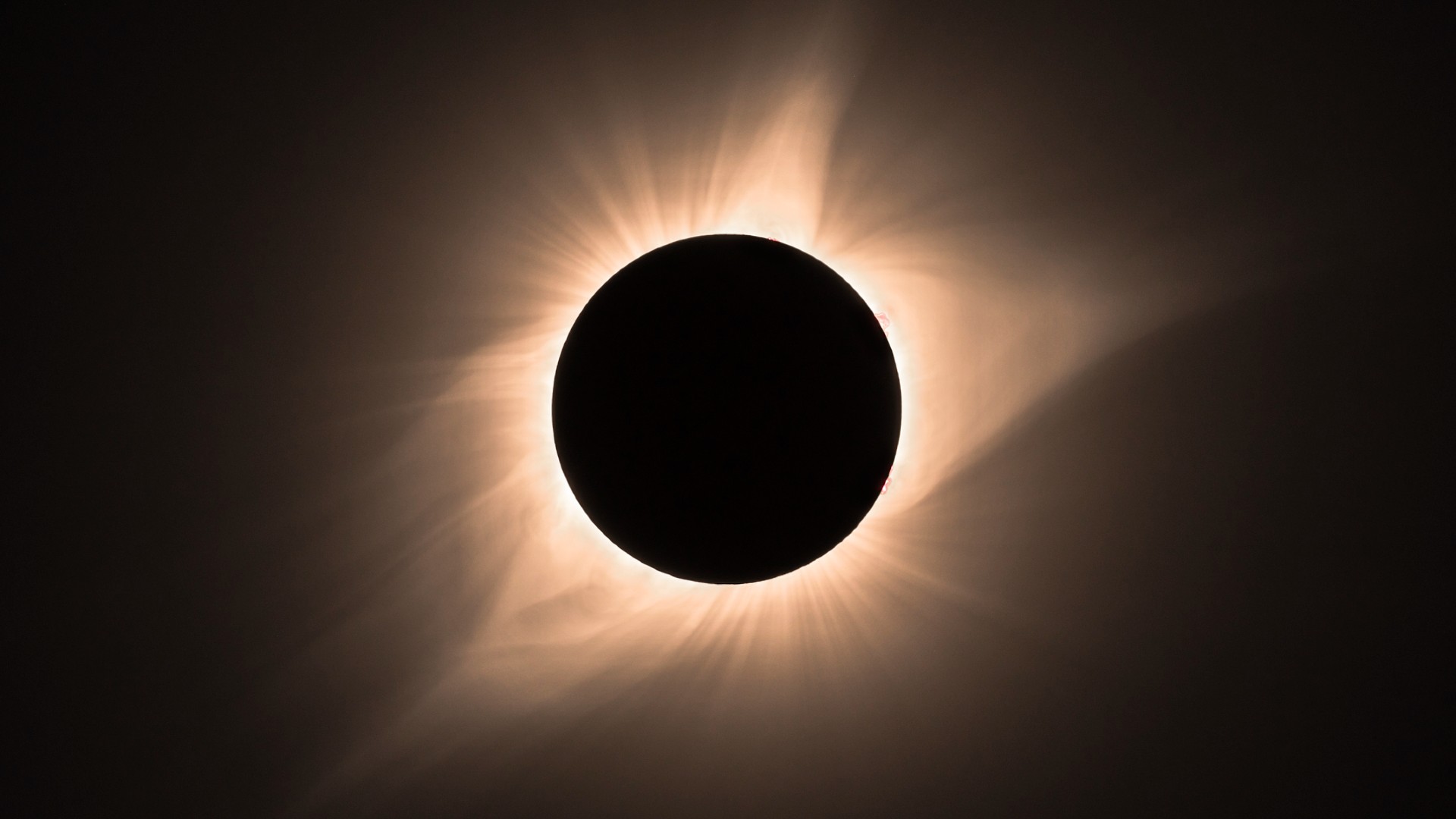
Magnetic fields on the sun could solve longstanding solar heating mystery
By Sharmila Kuthunur published
A new study reveals waves of magnetism within the sun could help explain why the sun's outer atmosphere, the corona, is hundreds of times hotter than its surface.
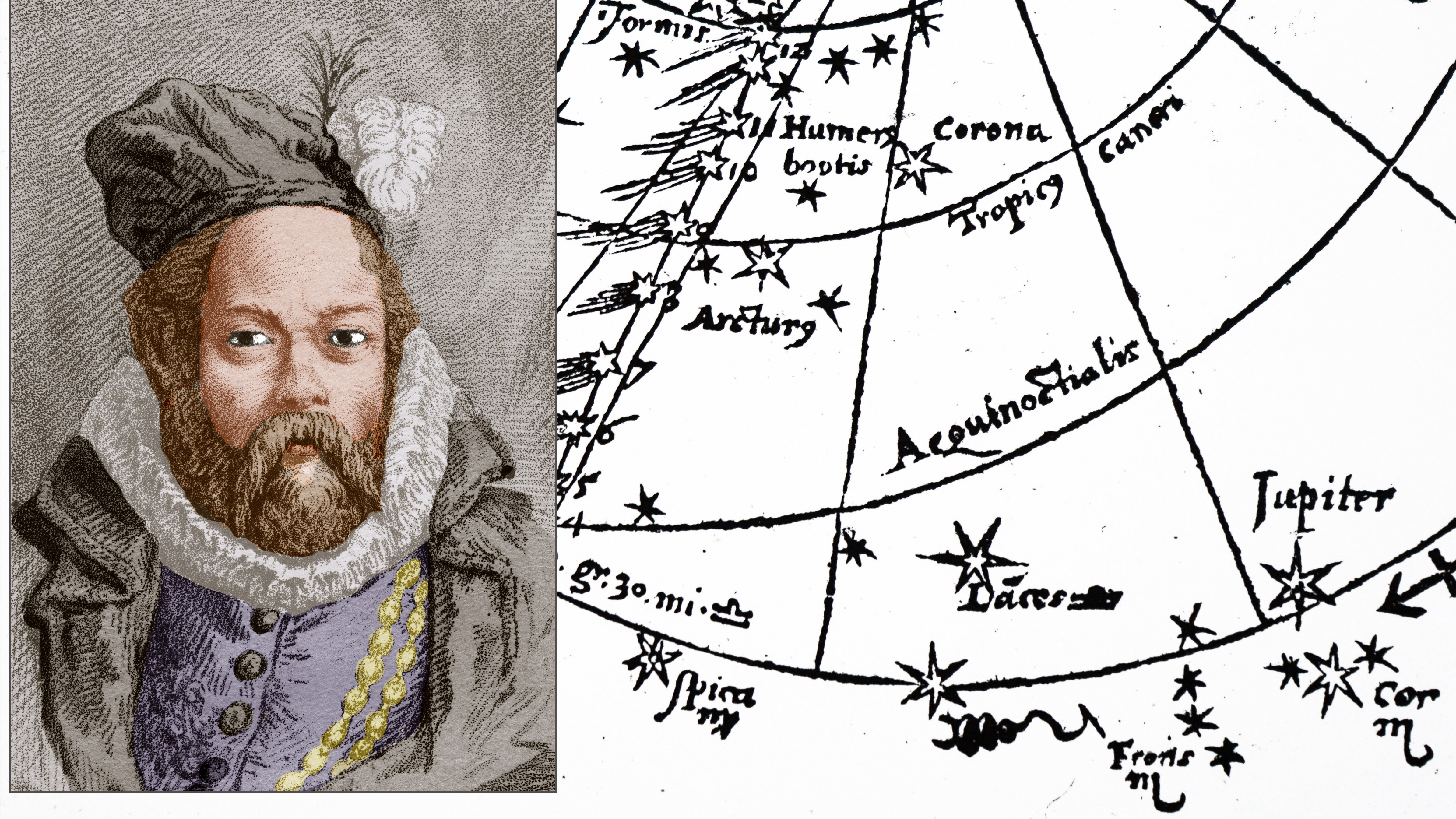
Renaissance astronomer Tycho Brahe's lab is home to a centuries-old chemical mystery
By Elizabeth Howell published
A chemical mystery lurks in the laboratory of Tycho Brahe, one of the most famous astronomers of all time. Scientists found tungsten in Brahe's lab, and they're not sure how it got there.
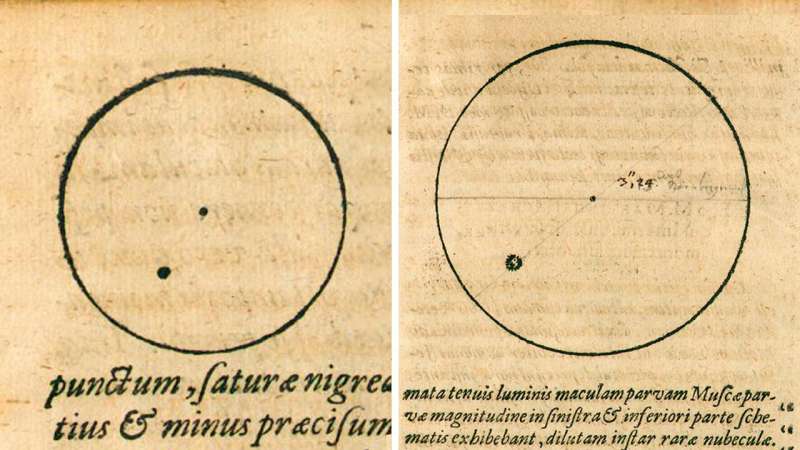
These 17th-century drawings of the sun by Kepler add fire to solar cycle mystery
By Elizabeth Howell published
Earth was cooler than usual in the 16th and 17th centuries and scientists are still trying to figure out why. New analysis of sunspot drawings by Kepler, in 1607, may shed some light.
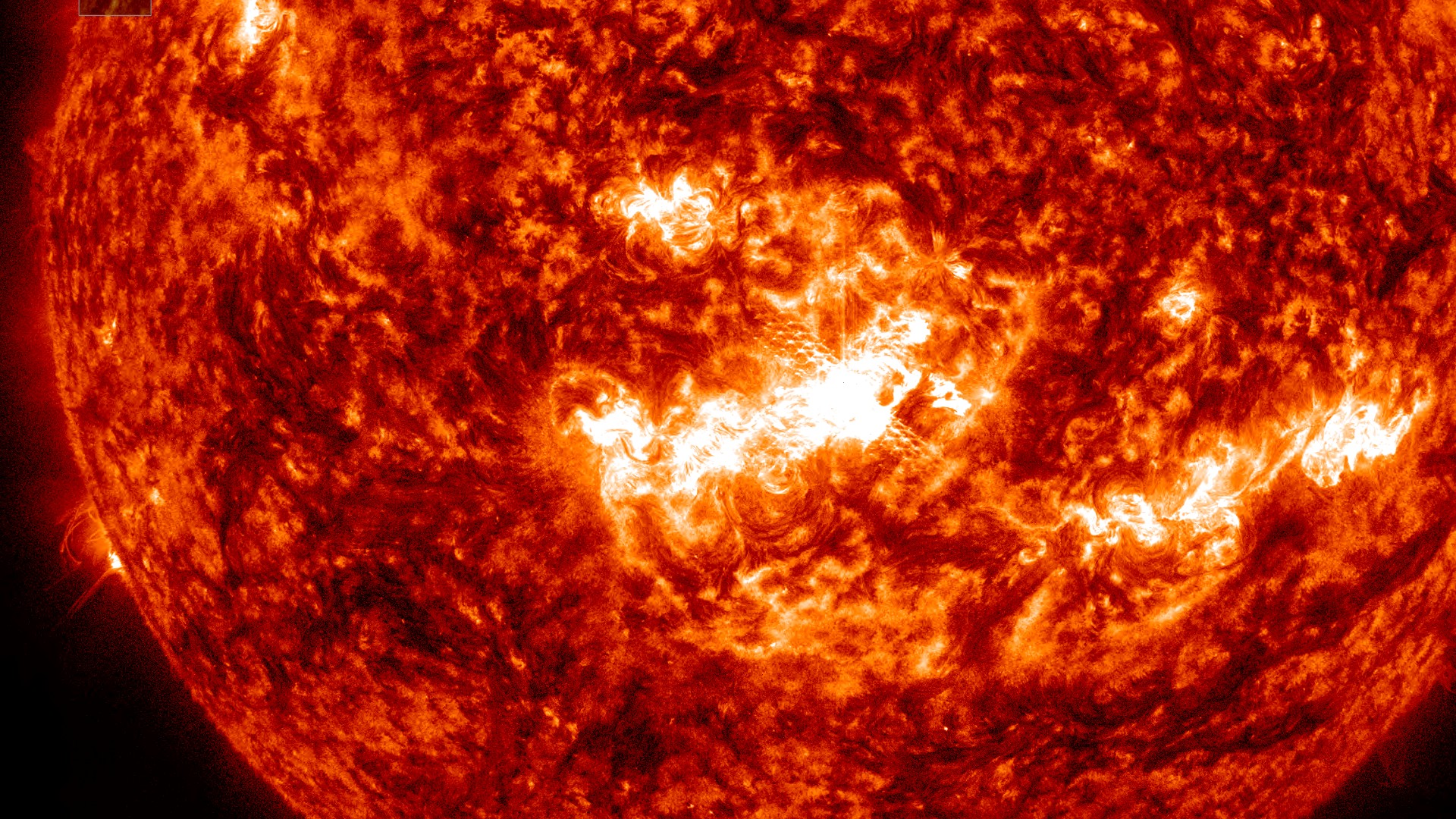
Watch a colossal X-class solar flare erupt from Earth-facing sunspot (video)
By Daisy Dobrijevic published
An X-flare erupted from the sun at 10:33 p.m. EDT on July 28 (0233 GMT July 29). Watch the action unfold here.
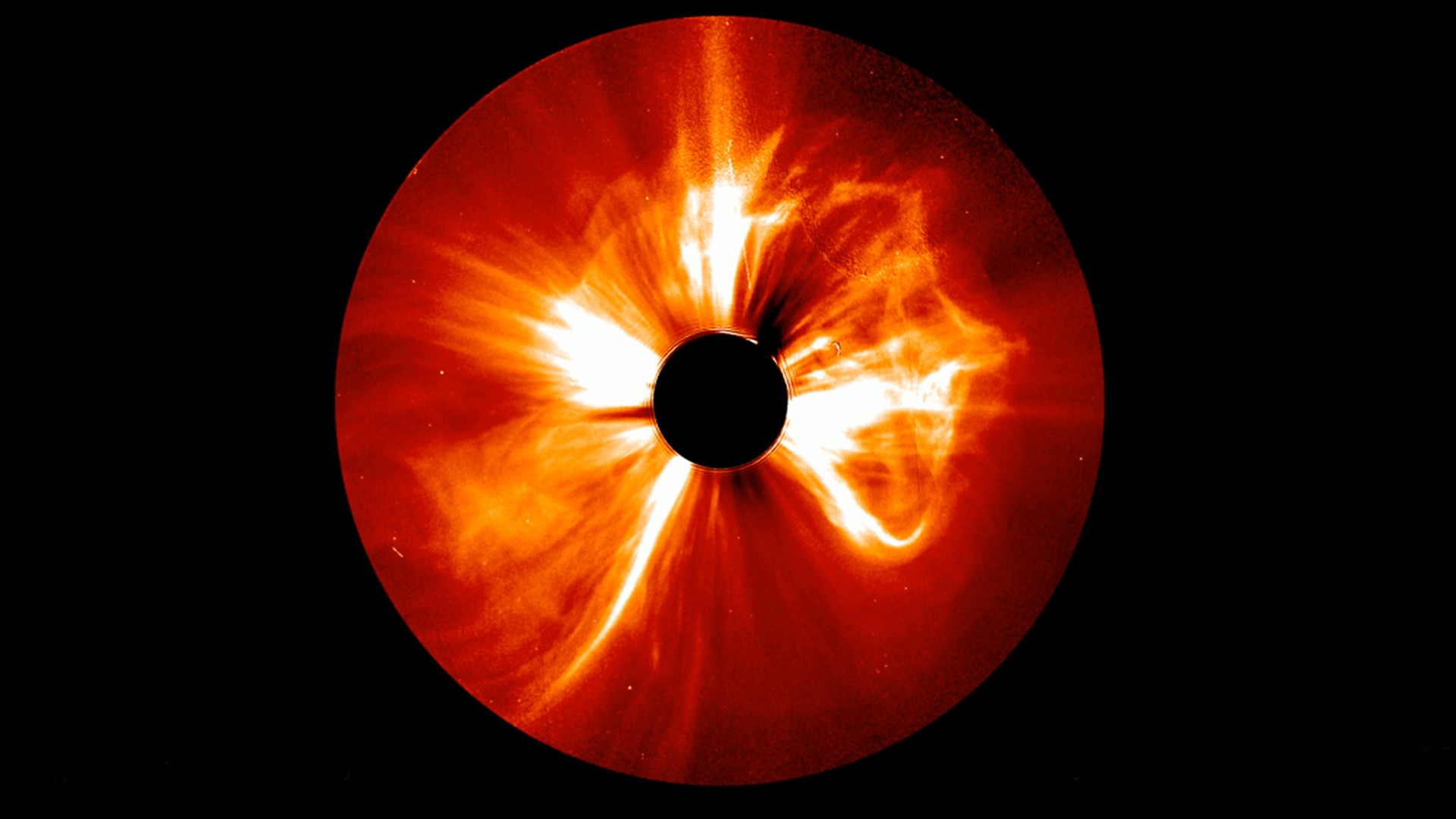
Sun blasts out most powerful flare of current solar cycle, sends massive coronal mass ejection into space (video)
By Meredith Garofalo published
A solar flare on July 23 was even bigger than a previous one that triggered May's global aurora storm, but this one was facing away from Earth on the far side of the sun.
Get the Space.com Newsletter
Breaking space news, the latest updates on rocket launches, skywatching events and more!

